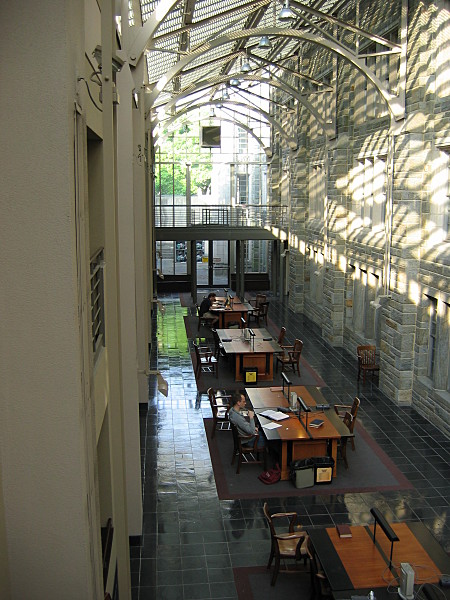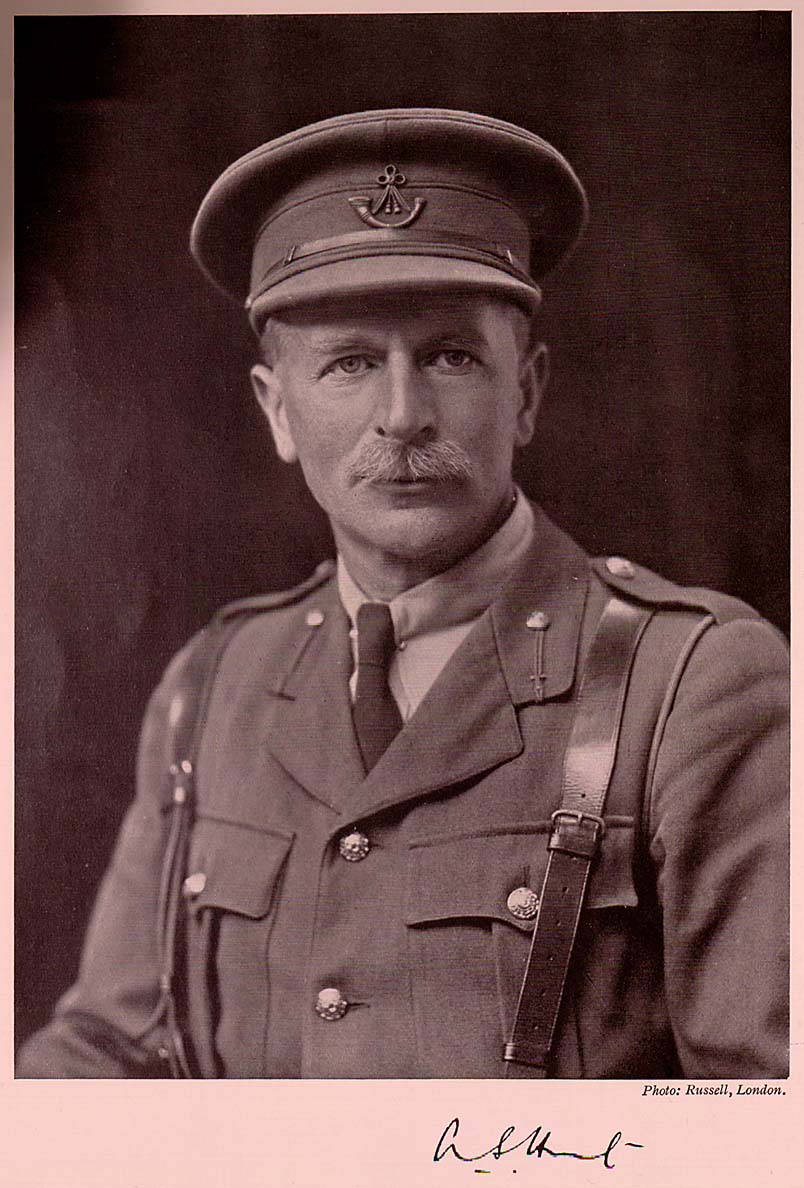|
Papyrus Oxyrhynchus 241
Papyrus Oxyrhynchus 241 (P. Oxy. 241 or P. Oxy. II 241) is an authorization to the agoranomos asking him to register a loan. It is written in Greek and discovered in Oxyrhynchus. The manuscript was written on papyrus in the form of a sheet. It is dated to the late first century. Currently it is housed in the Princeton University Library.P. Oxy. 241 at the Oxyrhynchus Online Description This document is one of three, along with P. Oxy. 242 and P. Oxy. 243, whic ...[...More Info...] [...Related Items...] OR: [Wikipedia] [Google] [Baidu] |
Agoranomos
An agoranomos ( el, ἀγορανόμος, plural: ''agoranomoi'', ἀγορανόμοι) was an elected official in the cities of Ancient Greece and Byzantine Empire, responsible for order in the marketplace (''agora'', hence the name, translated as "market overseer"). A ''polis'' could have several of them. The position was similar to the Roman ''aedile''.{{Cite EB1911, wstitle=Agoranomi, volume=1, page=381 Their duties included setting prices for certain goods, certifying goods and weights and scales, controlling money exchange, and the important function of managing the supply of the ''polis'' with grain. In controlling unscrupulous merchants, an agoranomos had the right to impose corporal punishment (and was often portrayed walking along the agora with a whip) on non-freeborn people, and fines on free citizens. An agoranomos also kept an eye on temples in the ''agora''. Ancient Athens had ten agronomoi, chosen annually. Five were responsible for the city, and five for the Pirae ... [...More Info...] [...Related Items...] OR: [Wikipedia] [Google] [Baidu] |
Greek Language
Greek ( el, label=Modern Greek, Ελληνικά, Elliniká, ; grc, Ἑλληνική, Hellēnikḗ) is an independent branch of the Indo-European family of languages, native to Greece, Cyprus, southern Italy (Calabria and Salento), southern Albania, and other regions of the Balkans, the Black Sea coast, Asia Minor, and the Eastern Mediterranean. It has the longest documented history of any Indo-European language, spanning at least 3,400 years of written records. Its writing system is the Greek alphabet, which has been used for approximately 2,800 years; previously, Greek was recorded in writing systems such as Linear B and the Cypriot syllabary. The alphabet arose from the Phoenician script and was in turn the basis of the Latin, Cyrillic, Armenian, Coptic, Gothic, and many other writing systems. The Greek language holds a very important place in the history of the Western world. Beginning with the epics of Homer, ancient Greek literature includes many works of lasting impo ... [...More Info...] [...Related Items...] OR: [Wikipedia] [Google] [Baidu] |
Oxyrhynchus
Oxyrhynchus (; grc-gre, Ὀξύρρυγχος, Oxýrrhynchos, sharp-nosed; ancient Egyptian ''Pr-Medjed''; cop, or , ''Pemdje''; ar, البهنسا, ''Al-Bahnasa'') is a city in Middle Egypt located about 160 km south-southwest of Cairo in Minya Governorate. It is also an archaeological site, considered one of the most important ever discovered. Since the late 19th century, the area around Oxyrhynchus has been excavated almost continually, yielding an enormous collection of papyrus texts dating from the Ptolemaic Kingdom and Roman Egypt. They also include a few vellum manuscripts, and more recent Arabic manuscripts on paper (for example, the medieval P. Oxy. VI 1006) History Ancient Egyptian Era Oxyrhynchus lies west of the main course of the Nile on the Bahr Yussef, a branch that terminates in Lake Moeris and the Faiyum oasis. In ancient Egyptian times, there was a city on the site called Per-Medjed, named after the medjed, a species of elephantfish of the Nile ... [...More Info...] [...Related Items...] OR: [Wikipedia] [Google] [Baidu] |
Papyrus
Papyrus ( ) is a material similar to thick paper that was used in ancient times as a writing surface. It was made from the pith of the papyrus plant, '' Cyperus papyrus'', a wetland sedge. ''Papyrus'' (plural: ''papyri'') can also refer to a document written on sheets of such material, joined side by side and rolled up into a scroll, an early form of a book. Papyrus is first known to have been used in Egypt (at least as far back as the First Dynasty), as the papyrus plant was once abundant across the Nile Delta. It was also used throughout the Mediterranean region. Apart from a writing material, ancient Egyptians employed papyrus in the construction of other artifacts, such as reed boats, mats, rope, sandals, and baskets. History Papyrus was first manufactured in Egypt as far back as the fourth millennium BCE.H. Idris Bell and T.C. Skeat, 1935"Papyrus and its uses"(British Museum pamphlet). The earliest archaeological evidence of papyrus was excavated in 2012 and 2 ... [...More Info...] [...Related Items...] OR: [Wikipedia] [Google] [Baidu] |
Princeton University Library
Princeton University Library is the main library system of Princeton University. With holdings of more than 7 million books, 6 million microforms, and 48,000 linear feet of manuscripts, it is among the largest libraries in the world by number of volumes. The main headquarters of the university system is the Harvey S. Firestone Memorial Library building, named after tire magnate Harvey Firestone. Additionally, Princeton is part of the Research Collections and Preservation Consortium (ReCAP) along with Columbia Libraries, Harvard Library and New York Public Library. Firestone Library Firestone Library opened in 1948, as the first large American university library constructed after World War II. Roughly 1.5 million volumes were moved during the summer of 1948 from East Pyne Hall, which until then had served as the University's main library. The library building was expanded in 1971 and again in 1988 and currently has more than of bookshelves, making Firestone one of the largest ... [...More Info...] [...Related Items...] OR: [Wikipedia] [Google] [Baidu] |
Papyrus Oxyrhynchus 242
Papyrus Oxyrhynchus 242 (P. Oxy. 242 or P. Oxy. II 242) is an official notice to the agoranomos to register a sale, written in Greek. It was discovered in Oxyrhynchus. The manuscript was written on papyrus in the form of a sheet. It is dated to 8 December 77. Currently it is housed in the University Library of Graz in Austria.Oxy. 242 at the Oxyrhynchus Online Description This document is one of three, along with P. Oxy. 241 and P. Oxy. 243, which follow a legal ...[...More Info...] [...Related Items...] OR: [Wikipedia] [Google] [Baidu] |
Papyrus Oxyrhynchus 243
Papyrus Oxyrhynchus 243 (P. Oxy. 243 or P. Oxy. II 243) is a fragment containing a registration of a mortgage, written in Greek. It was discovered in Oxyrhynchus Oxyrhynchus (; grc-gre, Ὀξύρρυγχος, Oxýrrhynchos, sharp-nosed; ancient Egyptian ''Pr-Medjed''; cop, or , ''Pemdje''; ar, البهنسا, ''Al-Bahnasa'') is a city in Middle Egypt located about 160 km south-southwest of Cairo .... The manuscript was written on papyrus in the form of a sheet. It is dated between 25 February and 24 March 79. Currently it is housed in the British Library (Department of Manuscripts, 790) in London.P. Oxy. 243 at the Oxyrhynchus Online Description The document was writt ...[...More Info...] [...Related Items...] OR: [Wikipedia] [Google] [Baidu] |
Bernard Grenfell
Bernard Pyne Grenfell FBA (16 December 1869 – 18 May 1926) was an English scientist and Egyptologist. Life Grenfell was the son of John Granville Grenfell FGS and Alice Grenfell. He was born in Birmingham and brought up and educated at Clifton College in Bristol, where his father taught. He obtained a scholarship in 1888 and enrolled at The Queen's College, Oxford.Bell, H. (2004-09-23). Grenfell, Bernard Pyne (1869–1926), papyrologist. Oxford Dictionary of National Biography. Retrieved 18 Jan. 2018, Selink/ref> With his friend and colleague, Arthur Surridge Hunt, he took part in the archaeological dig of Oxyrhynchus and discovered many ancient manuscripts known as the Oxyrhynchus Papyri, including some of the oldest known copies of the New Testament and the Septuagint. Other notable finds are extensive, including previously unknown works by known classical authors. The majority of the find consists of thousands of documentary texts. Parabiblical material, such as copies of ... [...More Info...] [...Related Items...] OR: [Wikipedia] [Google] [Baidu] |
Arthur Surridge Hunt
Arthur Surridge Hunt, FBA (1 March 1871 – 18 June 1934) was an English papyrologist. Hunt was born in Romford, Essex, England. Over the course of many years, Hunt, along with Bernard Grenfell, recovered many papyri from excavation sites in Egypt, including the Oxyrhynchus Papyri. He worked with Campbell Cowan Edgar on a translation of the Zenon Papyri from the original Greek and Demotic. Publications *Grenfell, Bernard Pyne and Hunt, Arthur Surridge, ''Sayings of Our Lord from an early Greek Papyrus'' (Egypt Exploration Fund; 1897). *Grenfell, Bernard Pyne, Hunt, Arthur Surridge, and Hogarth, David George, Fayûm Towns and Their Papyri' (London 1900). *Grenfell, Bernard Pyne and Hunt, Arthur Surridge, eds., Hellenica Oxyrhynchia cum Theopompi et Cratippi Fragmentis' (Oxford: Clarendon Press, 1909). *Hunt, Arthur Surridge, "Papyri and Papyrology." ''The Journal of Egyptian Archaeology'' 1, no. 2 (1914): 81–92. See also * Oxyrhynchus Oxyrhynchus (; grc-gre, Ὀξύρ ... [...More Info...] [...Related Items...] OR: [Wikipedia] [Google] [Baidu] |
Isis
Isis (; ''Ēse''; ; Meroitic: ''Wos'' 'a''or ''Wusa''; Phoenician: 𐤀𐤎, romanized: ʾs) was a major goddess in ancient Egyptian religion whose worship spread throughout the Greco-Roman world. Isis was first mentioned in the Old Kingdom () as one of the main characters of the Osiris myth, in which she resurrects her slain brother and husband, the divine king Osiris, and produces and protects his heir, Horus. She was believed to help the dead enter the afterlife as she had helped Osiris, and she was considered the divine mother of the pharaoh, who was likened to Horus. Her maternal aid was invoked in healing Spell (paranormal), spells to benefit ordinary people. Originally, she played a limited role in royal rituals and temple rites, although she was more prominent in funerary practices and magical texts. She was usually portrayed in art as a human woman wearing a throne-like hieroglyph on her head. During the New Kingdom (), as she took on traits that originally belo ... [...More Info...] [...Related Items...] OR: [Wikipedia] [Google] [Baidu] |
Sarapis
Serapis or Sarapis is a Graeco-Egyptian deity. The cult of Serapis was promoted during the third century BC on the orders of Greek Pharaoh Ptolemy I Soter of the Ptolemaic Kingdom in Egypt as a means to unify the Greeks and Egyptians in his realm. The ''cultus'' of Serapis was spread as a matter of deliberate policy by the Ptolemaic kings. Serapis continued to increase in popularity during the Roman Empire, often replacing Osiris as the consort of Isis in temples outside Egypt. Though Ptolemy I may have created the official cult of Serapis and endorsed him as a patron of the Ptolemaic dynasty and Alexandria, Serapis was a pre-existing syncretistic deity derived from the worship of the Egyptian Osiris and Apis and also gained attributes from other deities, such as chthonic powers linked to the Greek Hades and Demeter, and with benevolence derived from associations with Dionysus. Iconography Serapis was depicted as Greek in appearance but with Egyptian trappings, and combined ... [...More Info...] [...Related Items...] OR: [Wikipedia] [Google] [Baidu] |
Osiris
Osiris (, from Egyptian ''wsjr'', cop, ⲟⲩⲥⲓⲣⲉ , ; Phoenician: 𐤀𐤎𐤓, romanized: ʾsr) is the god of fertility, agriculture, the afterlife, the dead, resurrection, life, and vegetation in ancient Egyptian religion. He was classically depicted as a green-skinned deity with a pharaoh's beard, partially mummy-wrapped at the legs, wearing a distinctive atef crown, and holding a symbolic crook and flail. He was one of the first to be associated with the mummy wrap. When his brother, Set cut him up into pieces after killing him, Osiris' wife Isis found all the pieces and wrapped his body up, enabling him to return to life. Osiris was widely worshipped until the decline of ancient Egyptian religion during the rise of Christianity in the Roman Empire. Osiris was at times considered the eldest son of the earth god Geb and the sky goddess Nut, as well as being brother and husband of Isis, and brother of Set, Nephthys, and Horus the Elder, with Horus the Younger ... [...More Info...] [...Related Items...] OR: [Wikipedia] [Google] [Baidu] |








